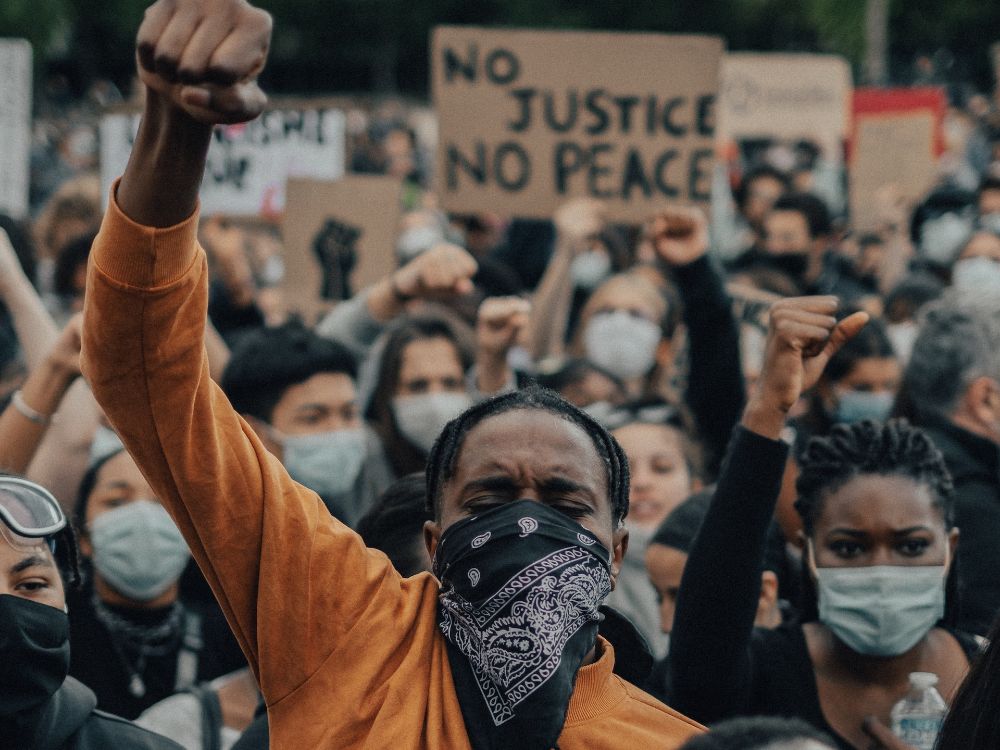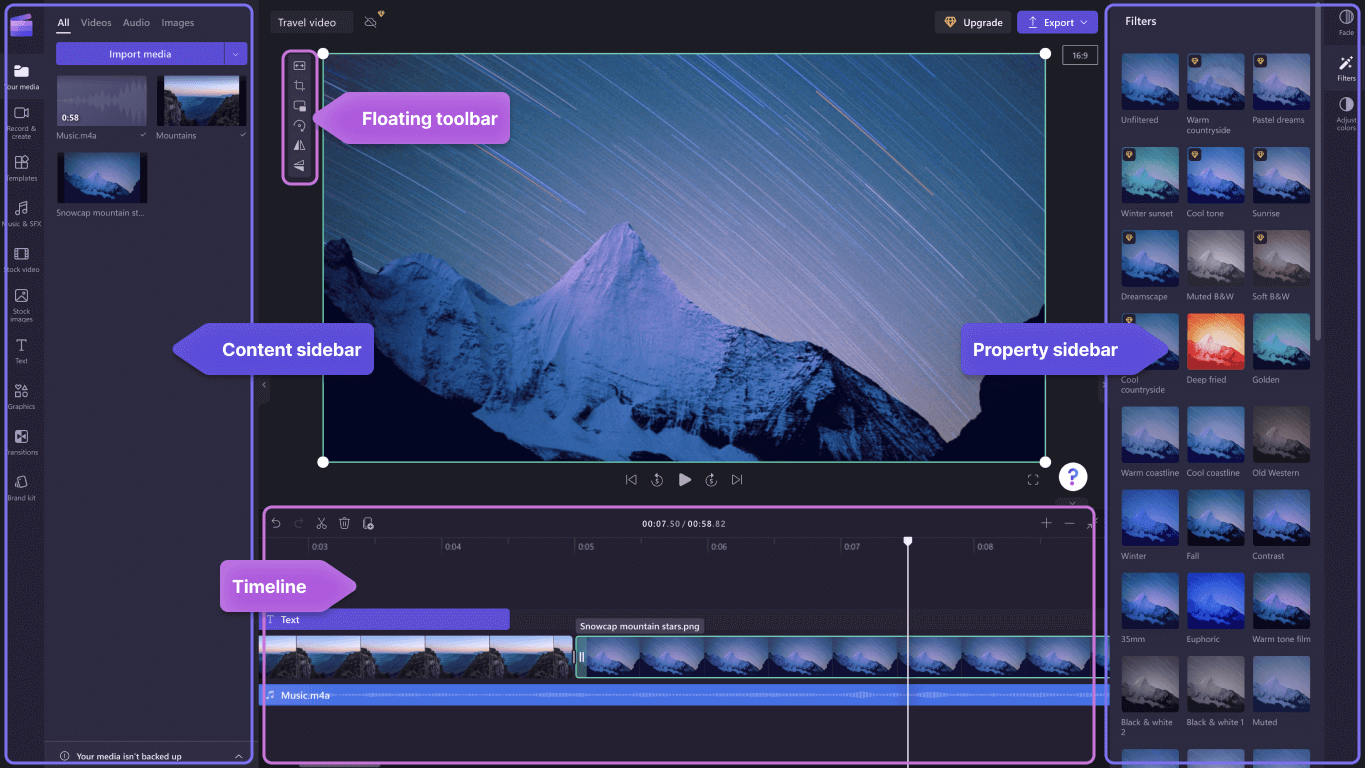Introduction
The world of video editing is undergoing a transformation like never before, thanks to the rapid advancements in machine learning and artificial intelligence (AI). While video editing has traditionally been a creative and time-consuming process, it is now being revolutionized by the power of algorithms and automation. Machine learning is taking center stage in reshaping the future of video editing, making it faster, more efficient, and accessible to a broader audience. In this article, we’ll explore how machine learning is changing the landscape of video editing and what the future holds for this exciting field.
- Automated Video Editing
One of the most significant changes that machine learning is bringing to video editing is automation. Traditional video editing was a labor-intensive process that required skilled editors to manually cut, trim, and assemble clips. AI video enhancements With machine learning algorithms, this process can be automated to a large extent. Automated video editing tools can quickly analyze raw footage, identify key moments, and even suggest the best transitions and effects to create a polished video.
For example, Adobe’s Auto Reframe tool uses machine learning to automatically adjust the aspect ratio and framing of a video to suit different platforms like social media, making it easier for content creators to repurpose their content.
- Content Analysis and Tagging
Machine learning can also be used to analyze the content of videos and automatically tag or categorize them based on their visual and audio elements. This makes it easier for editors to search for specific content within large video libraries, saving time and effort. Additionally, content analysis can help identify copyright violations or compliance issues by scanning and flagging inappropriate content.
- Real-time Editing and Rendering
Machine learning is enabling real-time video editing and rendering, which is a game-changer for live broadcasts and post-production work. With AI-powered tools, editors can now make instant adjustments to live streams or recorded footage without the need for time-consuming rendering processes. This has implications not only for video production but also for industries like e-sports, where real-time editing can enhance the viewer experience.
- Personalization and Adaptive Editing
Machine learning can analyze user preferences and behaviors to create personalized video content. For instance, streaming platforms like Netflix use recommendation algorithms to suggest content based on a user’s viewing history. In the world of video editing, this could mean personalized video montages, trailers, or even personalized advertisements. Adaptive editing can tailor video content to each viewer, enhancing engagement and user experience.
- Enhanced Post-production Effects
Machine learning is also impacting post-production effects. It can assist in the creation of visual effects, color correction, and audio enhancement. AI algorithms can improve the quality of low-resolution footage and reduce noise, making it easier for filmmakers and content creators to achieve a professional look even with limited resources.
- Deep Learning for Object Removal
One of the fascinating applications of machine learning in video editing is object removal. Deep learning models can analyze frames and identify unwanted objects or individuals in the scene. They can then generate a background that seamlessly blends with the rest of the video, effectively removing the object or person. This technology can be valuable for removing bloopers or errors in live broadcasts.
Challenges and Considerations
While machine learning is driving significant improvements in video editing, there are some challenges and considerations to keep in mind:
- Data Privacy: With machine learning algorithms analyzing video content, there are concerns about data privacy and security. It’s important to ensure that sensitive or personal information within videos is adequately protected.
- Learning Curve: Video editors and content creators need to adapt to new tools and workflows. The learning curve can be steep, but the long-term benefits in terms of efficiency and creativity are substantial.
- Creative Control: Automated editing tools are excellent for speeding up the process, but some creators may worry about relinquishing creative control. Striking a balance between automation and manual editing will be crucial.
- Ethical Concerns: The use of machine learning for video editing also raises ethical questions, particularly regarding deepfake technology and the potential for manipulating video content maliciously.
Conclusion
The future of video editing is undoubtedly intertwined with the rise of machine learning and AI. As technology continues to evolve, video editing will become more accessible, efficient, and personalized. Automated editing, content analysis, real-time rendering, and enhanced post-production effects are just the beginning. While there are challenges to address, the benefits of machine learning in video editing are undeniable, and it promises to bring a new era of creativity, efficiency, and innovation to the world of visual storytelling. It is an exciting time for video editors and content creators as they explore the limitless possibilities that machine learning brings to their craft.







